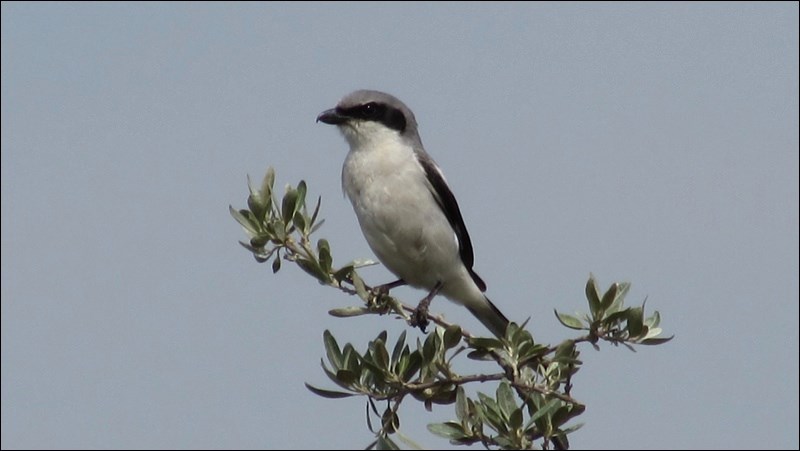In the fall of 2019 a report was published in the online journal Science indicating that since 1970, the United States and Canada have lost nearly three billion birds and in general, bird species have declined by an alarming 29 per cent. Of that, grassland bird species were found to be especially hit hard, with a 53 per cent decrease in population numbers.
To many, the bird’s role in the ecosystem may seem insignificant. Often they go about fulfilling their role without much notice. In addition to being an important part of the food web they also play an important role in pest control. For instance, the endangered loggerhead shrike preys on pests such as rodents and grasshoppers while barn swallows are amazing aerial acrobats that feed on pesky mosquitoes. Many bird species also aid in seed dispersal, pollination and even help to keep the environment clean, as in the case of species such as the turkey vulture.
Many people hear these heartbreaking statistics and feel this problem, while indeed sad, is just too big to do anything about on a local level. In fact, Nature Saskatchewan believes this is exactly where changes need to begin first.
“Bird watching is one of the fastest growing outdoor activities in Canada,” says Lorne Scott, Conservation Director for Nature Saskatchewan. We can all do something to assist birds and nature, whether it be feeding birds, building nest boxes, preserving habitat on our properties or keeping our domestic cats indoors, we can all help birds in different ways,”.
Simple measures taken by local residents, such as installing a film visible to birds on your home windows, using less plastics, gardening with native plants and joining citizen science projects will all have a positive effect. One of the biggest ways we can help is by teaching children and others about the importance of birds and why we should appreciate them.
“It is common knowledge that children who spend time outdoors are generally healthier. With an ever increasing urban population, children are further removed from nature. Field trips or nature hikes provide exercise and learning opportunities for all ages. Observing nature in our communities and in parks can lead to outdoor projects that assist birds and provide outlets for new adventures,” says Scott.
It is clear that changes need to be made if we hope to help the birds and in turn help ourselves. But big change often happens when small steps are taken by many. To learn more about this study and what you can do to help, go to www.3billionbirds.org.



